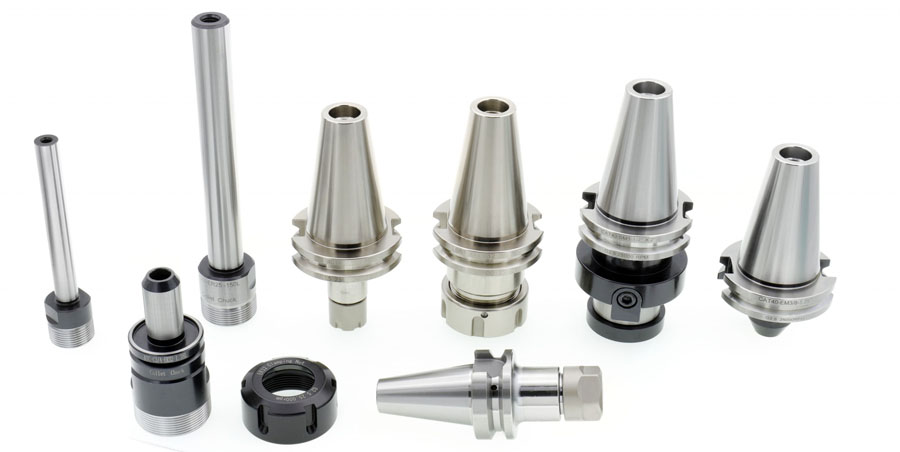The tool material is the fundamental factor that determines the cutting performance of the tool, which has a great impact on the processing efficiency, processing quality, processing cost and tool durability. The development of processed materials has also greatly promoted the development of tool materials.
Tool materials with excellent performance are the basic conditions to ensure the efficient work of the tool. During metal cutting, the cutting part of the tool directly contacts the workpiece and the cutting part, bears great cutting pressure and impact force, and generates severe friction with the workpiece and the cutting part, which leads to an increase in the cutting temperature. This means that the cutting part of the tool is working under the harsh conditions of high temperature, high pressure and severe friction to master the basic properties of the tool material.
So what are the basic properties of the tool material?

1. High Hardness.
The hardness of the tool material must be higher than the hardness of the workpiece material to be processed. Otherwise, the sharp geometry of the tool cannot be maintained under high temperature and high pressure, which is the basic performance of the tool material.
2. Sufficient Strength And Toughness.
The material of the cutting part of the tool has to withstand great cutting force and impact force during cutting.
Strength refers to the performance required to resist the action of cutting force without breaking the blade and breaking the blade. Generally expressed by bending strength.
Impact toughness refers to the ability of the tool material to ensure that it does not chip under the working conditions of intermittent cutting or impact. Generally, the higher the hardness, the lower the impact toughness, and the more brittle the material. Hardness and toughness are a pair of contradictions, and it is also a key that the tool material should overcome.
3. High Abrasion Resistance.
The wear resistance of tool materials refers to the ability to resist wear. Generally speaking, the higher the hardness of the tool material, the better the wear resistance. The wear resistance of tool materials is also related to the metallographic structure. The more carbides in the metallographic structure, the finer the particles, the more uniform the analysis, and the higher the wear resistance.
4. Good Thermal Conductivity.
Tool materials with good thermal conductivity have enhanced thermal shock resistance and thermal crack resistance. This performance is very important for intermittent cutting with brittle tool materials, especially when machining workpieces with poor thermal conductivity.
5. Good Manufacturability.
In order to facilitate manufacturing, the tool material is required to have good precision parts processing performance, including forging, welding, cutting, heat treatment and grindability.
6. Better Economy.
Economy is one of the main indicators for evaluating new tool materials, and it is also one of the main foundations for correct selection of tool materials and reduction of product costs.
7. High Heat Resistance.
Heat resistance, also known as red hardness, is the main indicator to measure the performance of tool materials. It comprehensively reflects the ability of tool materials to maintain hardness, wear resistance, strength, oxidation resistance, adhesion resistance and diffusion resistance at high temperatures.
The above points are the properties of the tool materials for precision parts processing. The choice of tools, especially when processing more precise parts, is very strict in order to meet the processing requirements and give full play to the benefits of CNC lathes.


